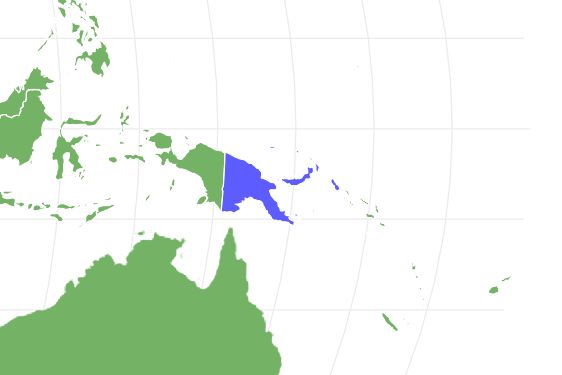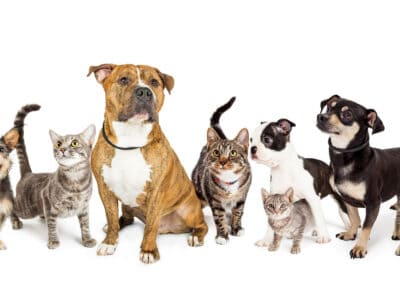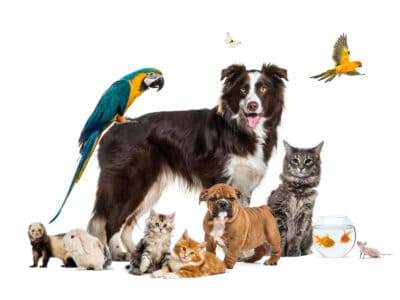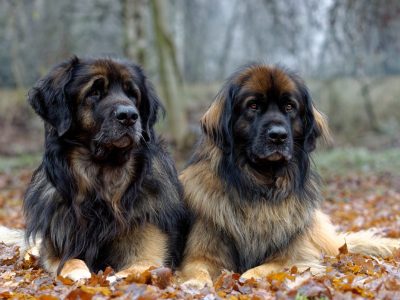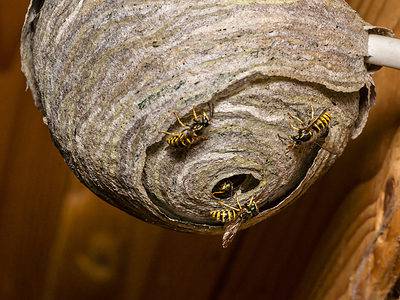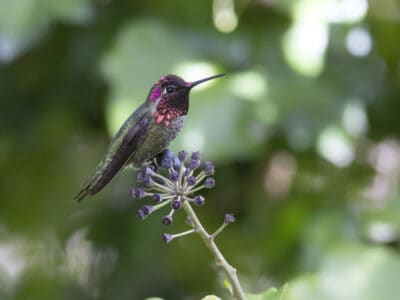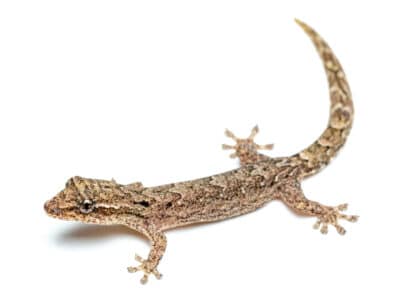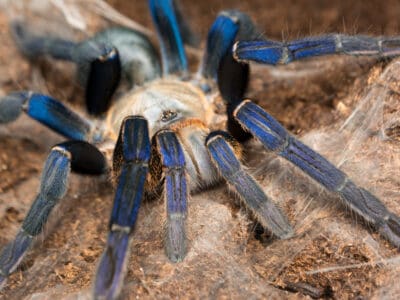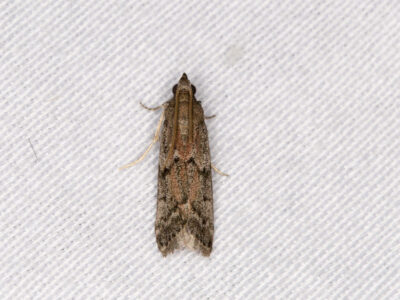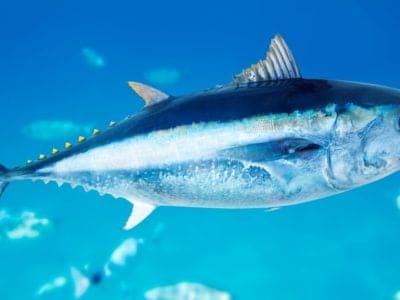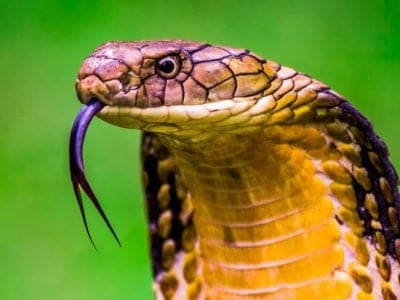Golden Masked Owl
Tyto aurantia
While flying high above this owl can hear a mouse moving in the tall grass of field!
Advertisement
Golden Masked Owl Scientific Classification
- Kingdom
- Animalia
- Phylum
- Chordata
- Class
- Aves
- Order
- Strigiformes
- Family
- Tytonidae
- Genus
- Tyto
- Scientific Name
- Tyto aurantia
Read our Complete Guide to Classification of Animals.
Golden Masked Owl Conservation Status
Golden Masked Owl Facts
- Prey
- Rodents, insects, birds, rabbits
- Name Of Young
- Owlets, nestlings
- Fun Fact
- While flying high above this owl can hear a mouse moving in the tall grass of field!
- Estimated Population Size
- 2,500-9,999 individuals
- Biggest Threat
- Habitat loss
- Most Distinctive Feature
- Heart-shaped, bright white face
- Other Name(s)
- Bismarck masked owl, New Britain barn owl, New Britain masked owl
- Gestation Period
- 32 days
- Litter Size
- 2-3 eggs
- Habitat
- Lowland and coniferous forests
- Diet
- Carnivore
- Lifestyle
- Nocturnal
- Solitary
- Common Name
- Golden masked owl
- Number Of Species
- 16
- Location
- Tropical forest in New Britain, Papua New Guinea
- Group
- Bird
View all of the Golden Masked Owl images!
“Golden masked owls have long legs and strong talons allowing them to scoop up rodents from the ground”
The golden masked owl is known for its whitish/yellow heart-shaped face and large dark eyes. This owl is a carnivore eating small rodents, birds, insects, rabbits, and sometimes other owls. The feathers on its wings are designed for moving silently through the air. These birds live in the tropical climate of the island New Britain, Papua New Guinea.
5 Incredible Golden Masked Owl Facts!
• This owl lives an average of 4 years in the wild
• It has 2 to 3 eggs per clutch
• This owl doesn’t hoot, it screeches
• It is a solitary bird
• It starts hunting for prey at dusk
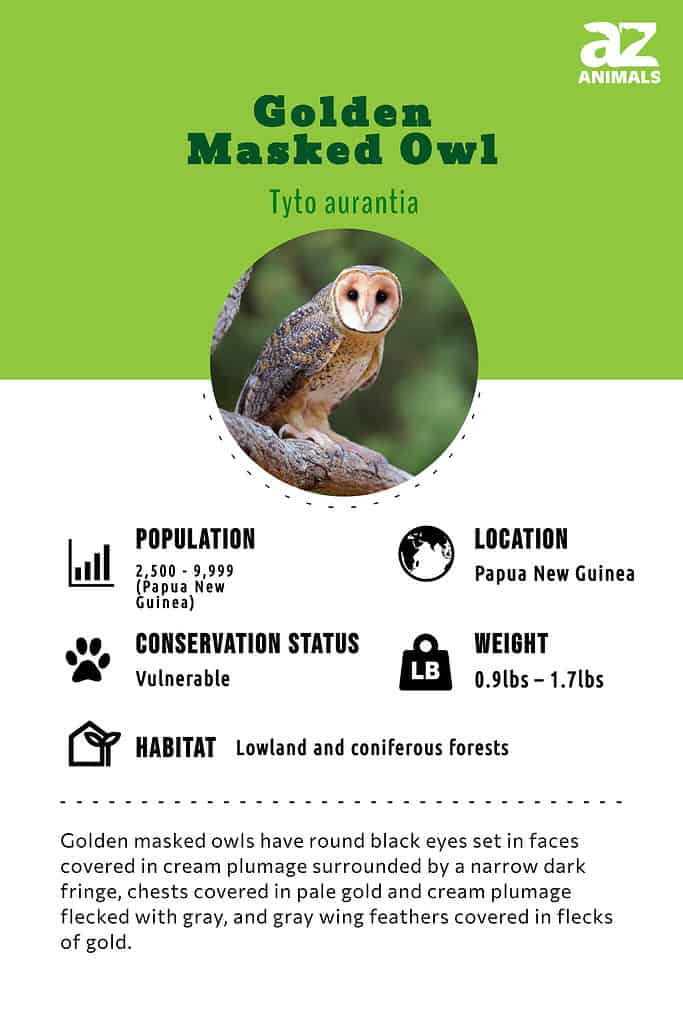
Scientific Name
This owl’s scientific name is Tyto aurantia. The word Tyto is Greek meaning owl and the word aurantia is Latin for orange or tawny. This refers to the orangish feathers of the golden masked owl.
This bird is also called a Bismarck masked owl, a New Britain barn owl, or a New Britain masked owl. It belongs to the Tytonidae family and is in the Aves class. There are more than 16 species of owl in the Tytonidae family. Other owls in the Tytonidae family include the Australian masked owl, the Tasmanian masked owl, and the Sulawesi masked owl.
Evolution
Golden masked owls are members of the genus Tyto. Which makes them related to barn owls, grass owls, other masked owls, and sooty owls. The genus contains 17 such species including:
- Lesser and greater sooty owls.
- Australian, manus, Minahasa, Moluccan, and Taliabu masked owls.
- American, Andaman, Eastern, and Western barn owls.
- African and eastern grass owls.
- Red and Itombwe owls.
Fossil evidence of the ancestors of this breed can be found dating from the Miocene, the Pliocene, and the Pleistocene. Regions discoveries have been made in include Central Europe, China, Cuba, and Italy.
The Tyto robusta dating back to the Late Miocene or Early Pliocene, 5.5 million years ago in Italy is one such example. This ancient species of barn owl has been found to have a skeleton which is about 60% larger than those of its modern descendant.
The Tyto gigantea was also found during the same period in the same location as Tyto robusta, i.e., in modern-day Garagano, a region which juts into the Adriatic from Italy’s eastern coast. It is believed to have been the same size as the Eurasian eagle-owl, if not larger.
Appearance
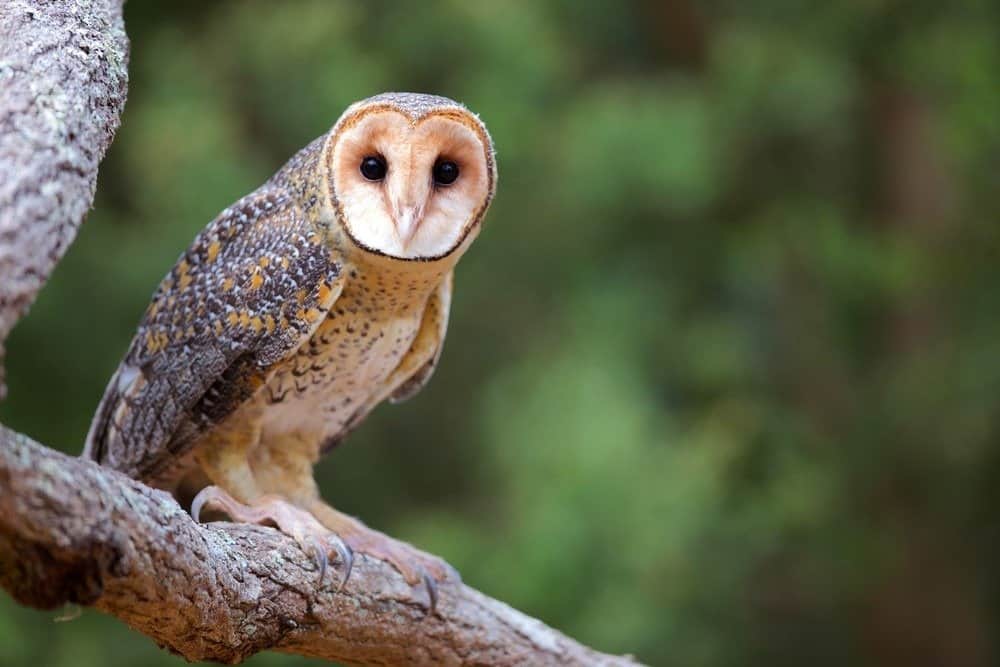
Golden Masked Owls lack the ear tufts common to other owls
©Owen Derrick Photography/Shutterstock.com
This owl has orangish/brown feathers on its back and on the top of its head. Its face is heart-shaped with yellow and white feathers. The bill of this owl is flat, it has long legs and powerful talons. There are white feathers running down its chest. The two dark eyes on its heart-shaped face are constantly searching its surroundings.
This owl has no ear tufts on its head like other owls such as the Great Horned owl. A golden masked owl has ears hidden on the sides of its head. One ear is higher on its head than the other. Its left ear is able to hear sounds occurring on the ground below it while its right ear hears sounds in the air. This makes it easy to keep track of the sounds happening all around!
An adult golden masked owl can be from 10.6 to 12.9 inches tall. A 10-inch-tall golden masked owl is the same height as 2/3 of a bowling pin. Fully grown this owl weighs from 0.9 to 1.7 pounds. As an example, an owl that weighs 1 pound is equal to the weight of two hamsters from the pet shop. Normally, female golden masked owls are larger than males. The masked owl is the largest of the owls in the Tyto genus.
The coloration of a golden masked owl’s feathers blends in with the branches in its forest habitat. This is one of its main defenses against predators. Plus, the design of the feathers on its wings allows it to fly silently. Its wings have serrated edges or edges that look like the teeth of a comb. This design breaks up the air flowing over its wings and creates silent flight. As a bonus, this little owl can fly at speeds up to 20mph!
Behavior
Normally, the New Britain barn owl is a solitary animal, but it sometimes pairs with another owl. During breeding season, owls may gather in a group of seven or more. This group is called a parliament. They are shy creatures that like to stay hidden in their habitat.
It’s a myth that owls can turn their heads all the way around. All the way around would be 360 degrees. Owls, including the golden masked owl, have extra vertebrae in their neck allowing them to turn their head 270 degrees. An owl’s eyes are fixed in place, so the ability to turn their head 270 degrees helps them take in their surroundings.
Habitat
This owl lives on the island of New Britain, Papua New Guinea. This is an island near the continent of Australia. These owls live in a tropical climate in lowland and coniferous forests. This owl lives near the equator and doesn’t migrate.
Diet
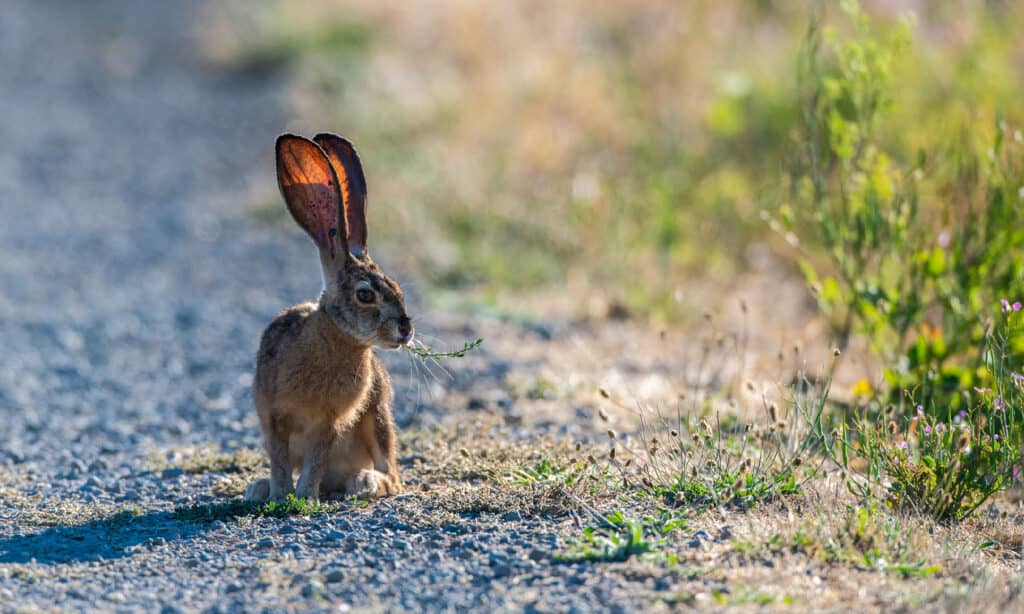
Rodents such as rabbits regularly feature on golden masked owls’ menus
©iStock.com/zhuclear
What do golden masked owls eat? This bird is a carnivore. Its diet mostly consists of rodents. But it also eats birds, insects, rabbits, amphibians, bandicoots, and smaller owls. This owl may eat as many as four small rodents per night.
Like most owls, the golden masked owl has excellent hearing. It can hear the rustle of a small rodent in a field or on the forest floor. Its wings are silent when it flies allowing it to sneak up on its prey to capture it.
Predators and Threats
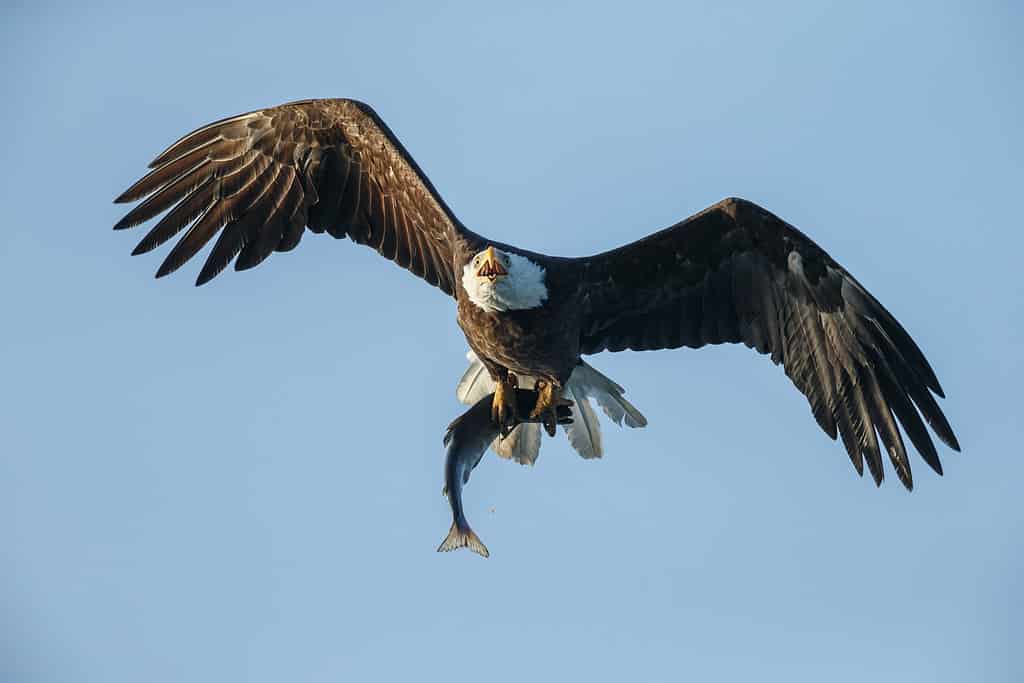
Golden masked owls, on the other hand, have to look out for raptors such as eagles in search of a meal
©iStock.com/Schaef1
Eagles, hawks, and other owls are all predators of these owls. Many of these predators are bigger and stronger than this owl making it vulnerable to attacks.
Loss of habitat due to deforestation is another threat to this owl. These owls make their nests in hollow trees.
The conservation status of this owl is: Vulnerable. Its population is thought to be decreasing. This is unfortunate because the golden masked owl plays an important part in the ecosystem. It helps to control the rodent population and serves as food for bigger birds.
Reproduction and Lifestyle
The breeding season of this owl lasts throughout the year. These owls stay with the same mate year after year. In other words, they are monogamous. The pair make a nest on soft mulch inside a hollow tree. Making a nest in a hollow tree helps to provide protection for the young. The female lays 2 to 3 eggs and sits on them while the male goes out to hunt for food to feed the female. The gestation period is 32 days.
Baby owls are called owlets or nestlings. Owlets weigh a little less than one ounce. They are born blind and without feathers, but quickly begin to grow a fine, pure white layer of down. Their eyes open at around 10 days old. As they grow, their feathers start to take on the orange/tawny, white and yellow coloration of adult golden masked owls. Their mother brings them small rodents and other prey that she breaks into pieces for her owlets to swallow. After these owlets have all of their feathers, they continue to be fed by their mother and father owl for about a month longer. Then, they are pushed out of the nest to live independently. They are with their parents for about 80 days in total.
These owls have an average lifespan of 4 years. They are vulnerable to Psittacosis, a common respiratory illness.
Population
There are an estimated 2,500 to 9,999 individual golden masked owls in Papua New Guinea. These owls stay in hiding making it challenging to determine an exact population number. Their conservation status is Vulnerable, and this owl’s population is thought to be decreasing.
View all 170 animals that start with GGolden Masked Owl FAQs (Frequently Asked Questions)
Are Golden Masked Owls herbivores, carnivores, or omnivores?
Golden Masked Owls are Carnivores, meaning they eat other animals.
What Kingdom do Golden Masked Owls belong to?
Golden Masked Owls belong to the Kingdom Animalia.
How do Golden Masked Owls have babies?
Golden Masked Owls lay eggs.
Thank you for reading! Have some feedback for us? Contact the AZ Animals editorial team.
Sources
- Animal Diversity Web, Available here: https://animaldiversity.org/accounts/Tyto_aurantia/classification/
- Barn-Owls & Allies, Available here: http://creagrus.home.montereybay.com/barn-owls.html
- Beauty of Birds, Available here: https://www.beautyofbirds.com/tyto.html

